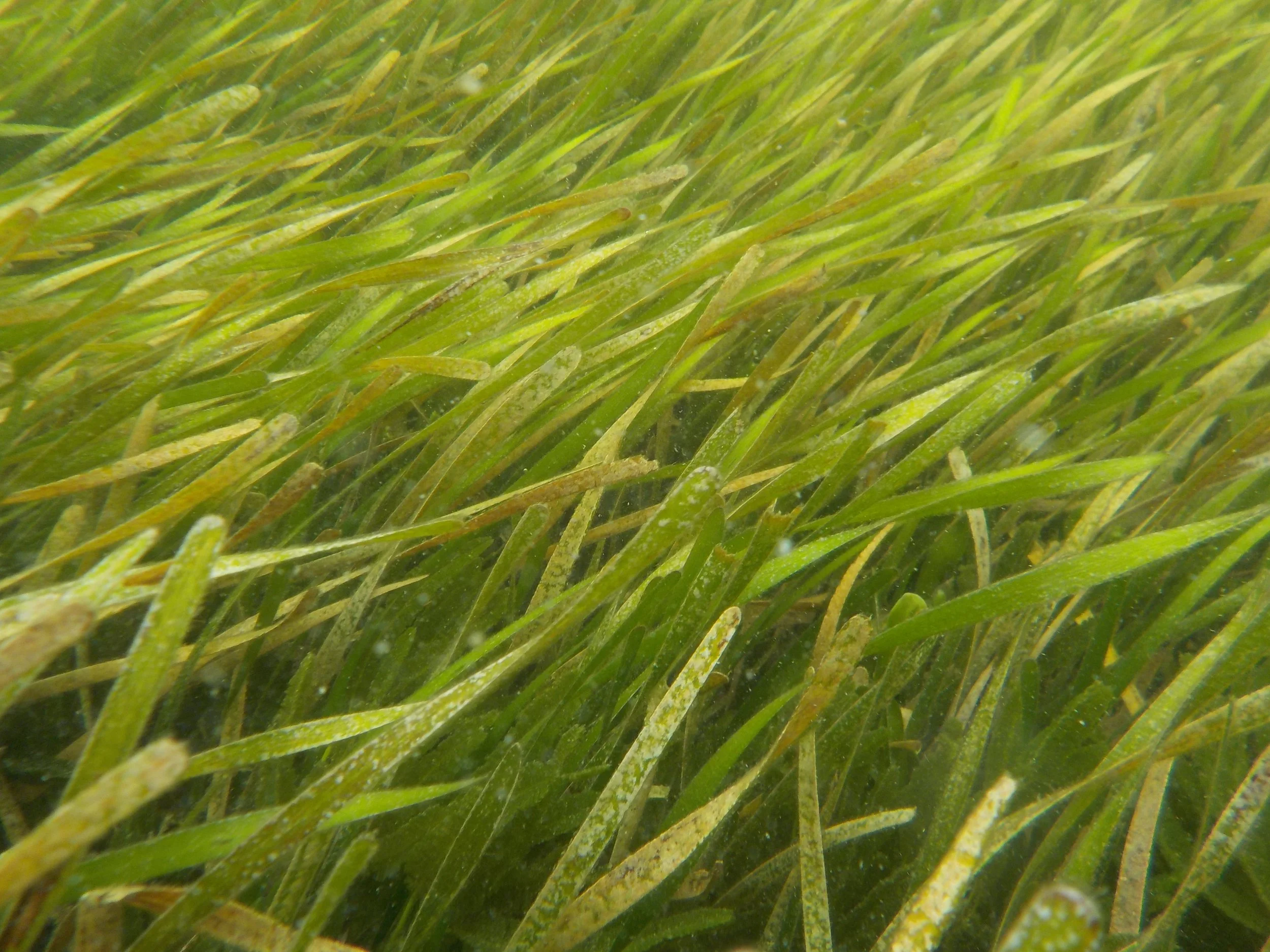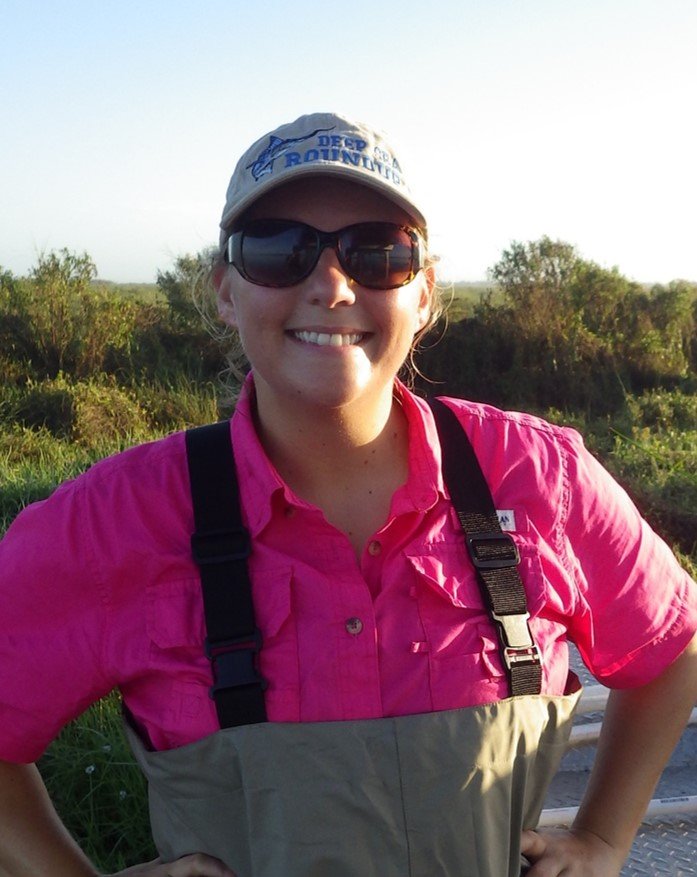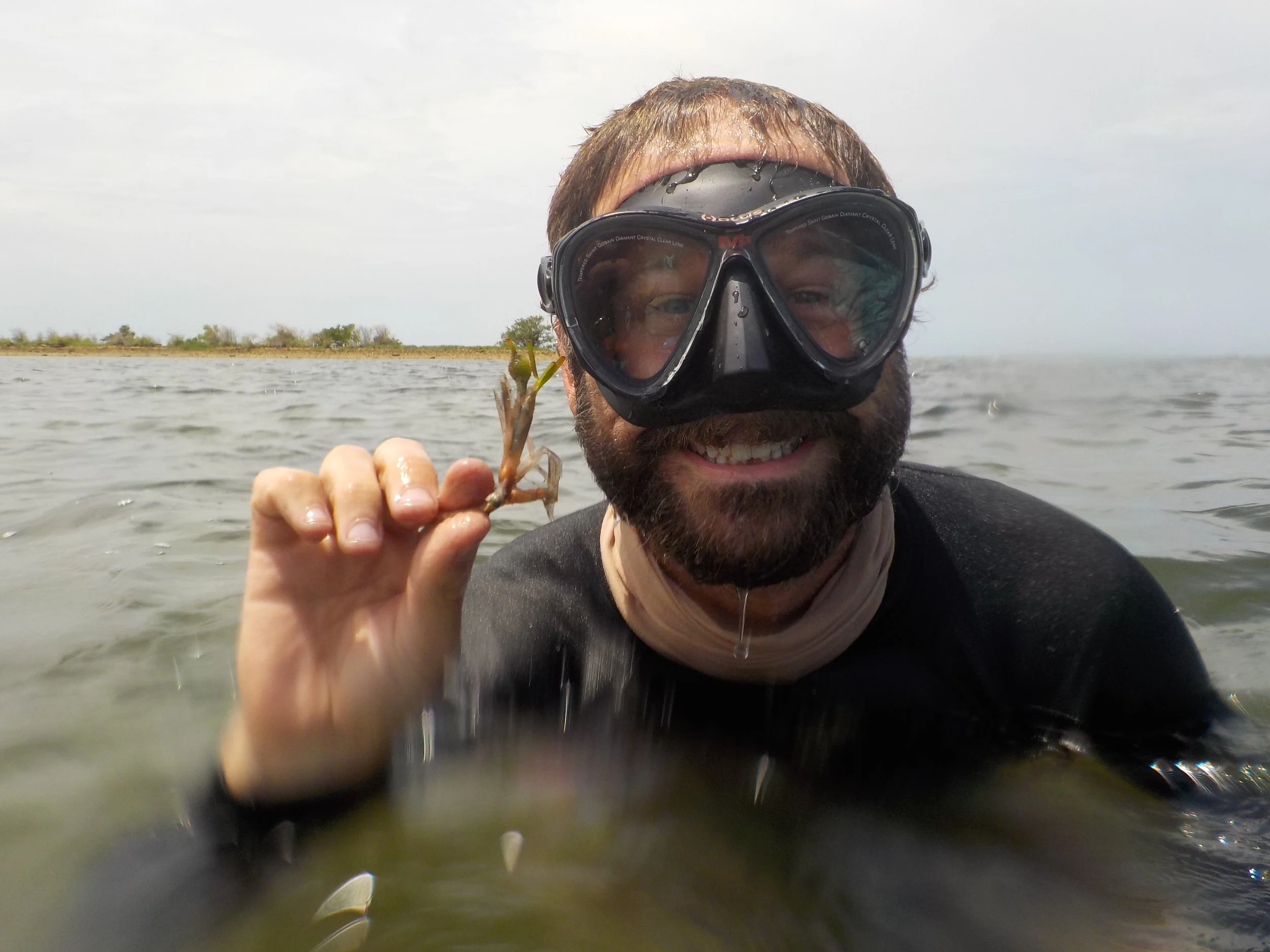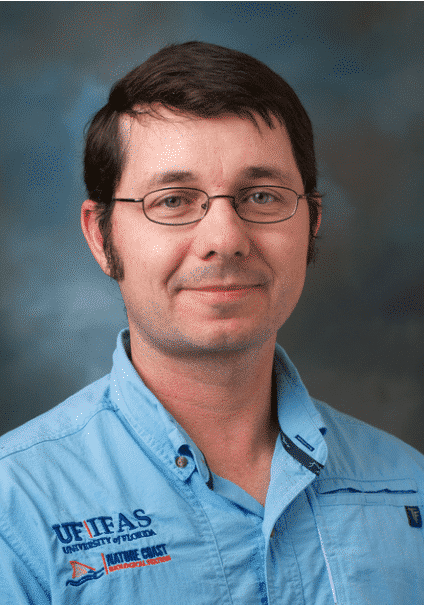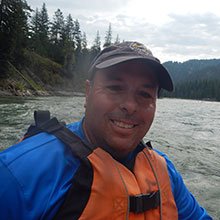Gulf-wide assessment of habitat use and habitat-specific production estimates of nekton in turtlegrass (Thalassia testudinum)
project overview
Seagrass beds are habitat for many commercially and recreationally important finfish and shellfish during some stage of their life. In the northern Gulf of Mexico, turtlegrass, a type of seagrass, is a critical foundation species that provides energy for food webs and shelter and foraging grounds for many species. This management-driven project investigated the use of turtlegrass as habitat by finfish and shellfish at six sites across the Gulf of Mexico and evaluated the support provided to blue crabs (Callinectes sapidus), a commercially and recreationally fished species that has seen declines in harvest in many Gulf states.
Sites in Texas (Lower Laguna Madre [LM], Coastal Bend [CB]), Louisiana (Chandeleur Islands [LA]), and Florida (St. George Sound [AP], Cedar Key [CK], and Charlotte Harbor [CH]) that were the focus of this study.
who are we?
Project leads are (left to right, below) Kelly Darnell (The University of Southern Mississippi [USM]), Zack Darnell (USM), Brad Furman (Florida Fish and Wildlife Conservation Commission [FWC]), Charlie Martin (University of Florida [UF]), and Lee Smee (Dauphin Island Sea Lab [DISL]).
Other members of the project team include Christian Hayes (Ph.D Student at USM [graduated 2021], Sammie Smith (Research Technician at USM), Kelly Correia (Ph.D. student at DISL [graduated 2021], Ben Belgrad (Post-doc at DISL), Scott Alford (Ph.D. student at UF), and Ashley McDonald (Research Technician at UF)
what did we do?
The project team assessed turtlegrass habitat use by nekton (finfish and shellfish), evaluated food web structure in turtlegrass ecosystems using stable isotope analysis, analyzed the specific ways turtlegrass ecosystems support blue crabs (Callinectes sapidus), and examined the effects of Category 5 Hurricane Michael on turtlegrass ecosystems in St. George Sound, FL. In early summer (May) and late summer (August), the project team used trawl and benthic sled surveys at six sites to identify animals using turtlegrass as habitat and to determine what characteristics of turtlegrass plants and ecosystems influence how animals use it as habitat. The team also analyzed primary producers and key organisms in turtlegrass ecosystems to determine food web structure through the use of stable Carbon and Nitrogen isotopes. Through field-based caging and tethering experiments conducted at the six sites in mid-summer, the team investigated how turtlegrass plant complexity impacts growth of juvenile blue crabs and protects blue crabs from predators. The project team also sampled immediately before and at multiple time points after landfall of Hurricane Michael to determine short- and long-term impacts of the Category 5 storm on turtlegrass ecosystems.
a focus on informing management
This project was aimed at informing decision-making for natural resource management in Florida, Louisiana, and Texas. An Expert Advisory Panel (EAP) comprised of natural resource managers and other end users guided the research to ensure results are useable in decision-making.
EAP members included:
Savanna Barry, Florida Sea Grant
Luiz Barbieri, Florida Fish and Wildlife Commission
Matthew Bethel, Louisiana Sea Grant
Peyton Cagle, Louisiana Department of Wildlife and Fisheries
Ryan Gandy, Florida Fish and Wildlife Conservation Commission
Penny Hall, Florida Fish and Wildlife Conservation Commission (retired)
Larry Handley, US Geological Survey (retired)
Ann Lazar, Florida Department of Environmental Protection
Jennifer Leo, National Oceanic and Atmospheric Administration
Jeffrey Marx, Louisiana Department of Wildlife and Fisheries
Zachary Olsen, Texas Parks and Wildlife Department
James Tolan, Texas Parks and Wildlife Department
project reSults, outputs, and products
View dissertations resulting from this project:
View manuscripts resulting from this project:
Visualize and download data resulting from this project:
The project team created three flyers describing the project that focus on results from Florida, Louisiana, and Texas. View the flyers here:
This project is funded by the National Oceanic and Atmospheric Administration's RESTORE Science Program under award NA17NOS4510093 to The University of Southern Mississippi, Dauphin Island Sea Lab, University of Florida, and Florida Fish and Wildlife Conservation Commission.
